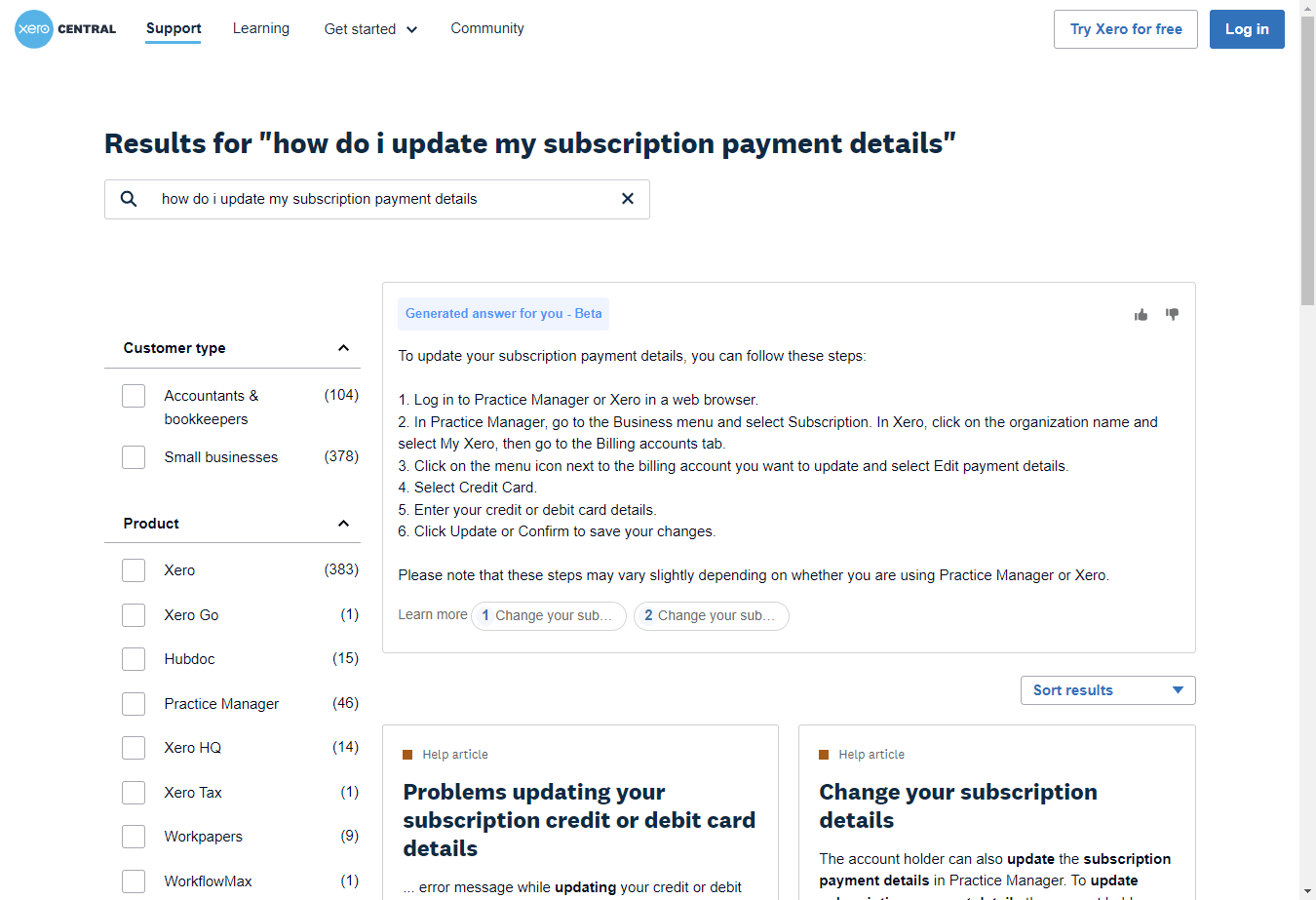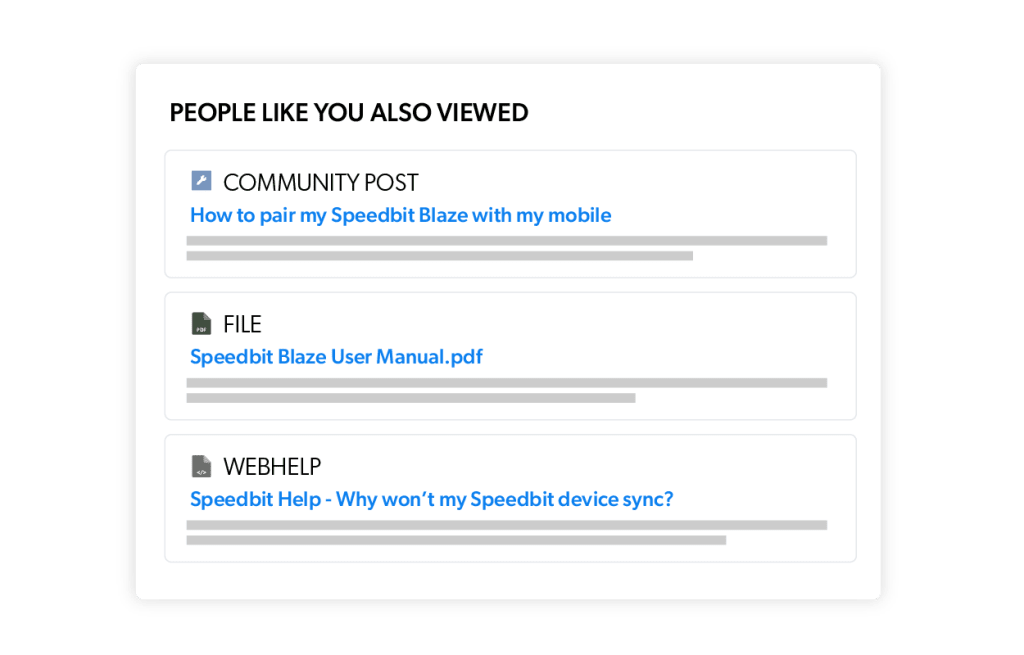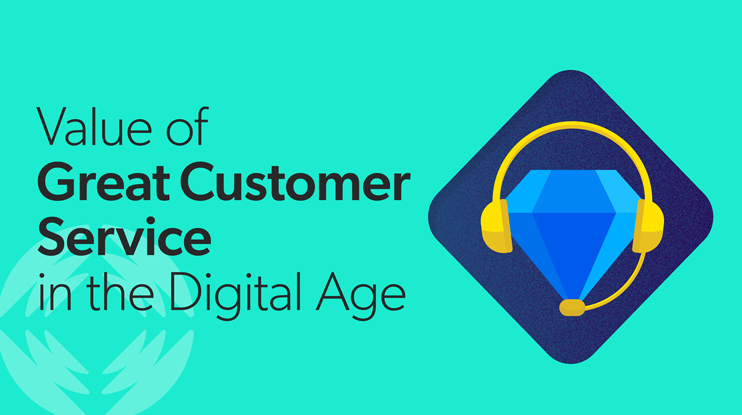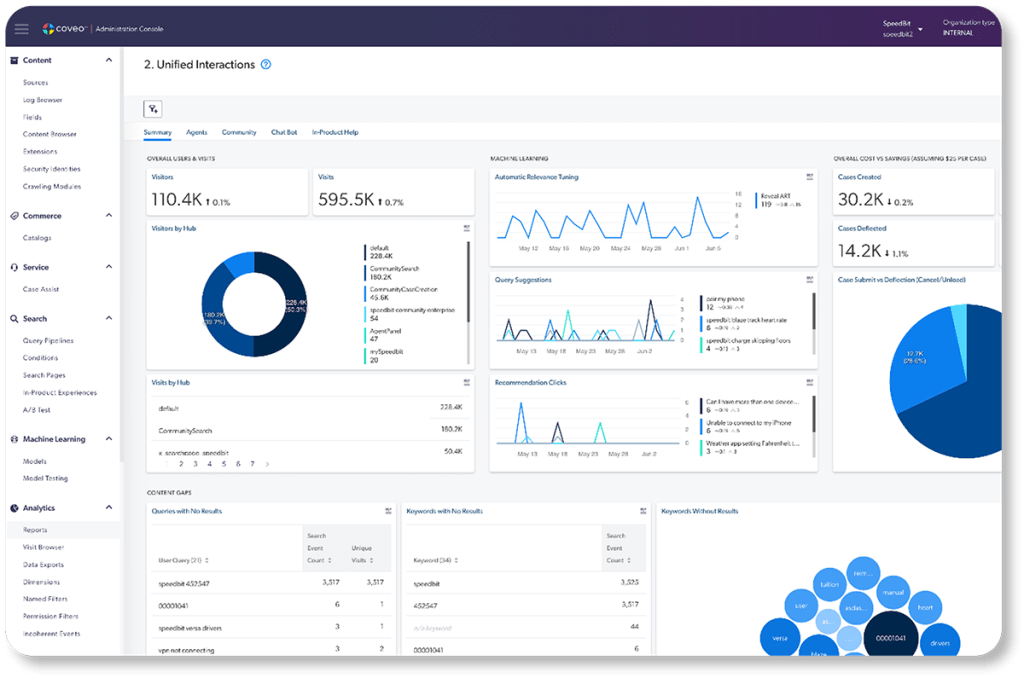In the digital era, delivering an exceptional customer service experience has transformed from a face-to-face interaction into an online, immediate experience. Today’s consumers expect service that’s fast, seamless, and accessible at any time. But what truly defines a great digital customer service experience, and how does it impact overall business performance?
A great customer service experience means more than just resolving issues efficiently; it’s about providing answers in the moment of need. Customers want to access information quickly and independently via self-service tools, whether it’s a knowledge base, chatbot, or intuitive search. Coveo’s 2024 CX Industry Report highlights how businesses that embrace digital service tools see tangible benefits in customer satisfaction, retention, and loyalty.
Self-service is now a critical element in customer service. The ability for customers to find answers and resolve issues on their own without waiting for a live agent is not only a time saver, but it also empowers them to control their experience. In fact, research shows that 70% of customers expect a company’s website to include a self-service application, and many will turn to these tools before reaching out for live support. By offering effective digital solutions, companies can reduce friction and ensure customers get on with their day faster, leading to higher satisfaction and repeat business.
Relevant Reading: Coveo’s 2024 CX Industry Report Uncovers that Search Has the Biggest Impact on Customer Experience and Brand Perception
What Makes an Outstanding Digital Customer Service Experience?
Delivering excellent customer service in the digital world requires more than just being quick—it’s about anticipating customer needs and providing proactive solutions that align with how people use technology today. To consistently meet and exceed these expectations, businesses must focus on several key elements.
Instant, Effective Communication Through Self-Service
Effective communication in digital customer service means giving customers the tools to help themselves. Whether through an AI-powered chatbot, smart search functionality, or a detailed knowledge base, customers expect fast, accurate responses to their queries.
Coveo’s platform, for instance, enables personalized, AI-driven experiences that deliver answers at the moment of need. When customers can easily find the information they’re looking for without hassle, it leads to a better experience and faster resolution.

Empathy in Digital Interactions
Even in the digital space, empathy is key. Customers may interact with automated tools, but they still want to feel understood. Businesses that design their digital experiences with the customer’s emotions and needs in mind create interactions that feel more human, even in a self-service environment. Empathetic digital interactions, whether through carefully crafted messages or intuitive user interfaces, can make customers feel supported, even without direct human involvement.
For more on these trends, check out customer support trends.
Personalization and Proactive Support
One of the most valuable elements of digital customer service is the ability to deliver personalized, proactive support at scale. AI and machine learning have made it possible for companies to tailor experiences based on individual customer behavior, preferences, and past interactions.
This can manifest in personalized recommendations, proactive alerts about issues like product availability, or even suggesting relevant support articles before customers have to search for them. By anticipating needs and providing the right resources upfront, companies can drastically reduce the time customers spend searching for answers.

How to Measure Digital Customer Service Performance
Measuring the success of your digital customer service is just as important as delivering it. By tracking key metrics, businesses can gain insight into how well their self-service tools and digital experiences are meeting customer needs.
Customer Satisfaction (CSAT) Surveys
CSAT surveys remain a reliable method for gauging customer satisfaction with digital service interactions. These surveys often pop up after a customer uses a self-service tool or interacts with a chatbot, giving companies real-time feedback on how their digital solutions are performing. High CSAT scores indicate that customers find these tools helpful, while low scores suggest areas for improvement.
Net Promoter Score (NPS)
A high NPS reflects strong satisfaction with the overall experience, signaling that customers are not only content but likely to recommend your service. On the other hand, a lower score might indicate frustration with digital service channels, suggesting the need for improvements in areas like responsiveness and ease of use. For businesses looking to dive deeper into measuring
customer loyalty, there are several other methods worth exploring. Learn more about NPS alternatives to ensure you’re using the best approach for capturing customer feedback and driving actionable insights.
Customer Effort Score (CES)
For digital experiences, Customer Effort Score (CES) is particularly valuable. It measures how easy it is for customers to find answers and resolve their issues using self-service tools. A low-effort experience is crucial — customers want to spend as little time as possible dealing with problems, and high-effort experiences lead to frustration.
By optimizing search functions, chatbots, and knowledge bases, businesses can lower CES and improve overall customer satisfaction. Find out more about tracking customer service KPIs.
Empowering Your Customer Service Team in the Digital World
While digital tools play a critical role in modern customer service, human teams are still vital. Empowering your team with the right digital tools and continuous training helps ensure they can seamlessly handle escalations and deliver personalized support when needed.
Training and Development for Digital-First Support
To provide exceptional service in a digital environment, your customer service team must be equipped with the right skills. Ongoing training on digital platforms, AI tools, and customer service best practices helps them stay ahead of customer needs.
Training programs should also focus on how to integrate human touchpoints into a largely automated environment, so that when human intervention is necessary, it’s as seamless as possible. For tips, read our customer service training.

Leveraging AI for Escalation Management
AI doesn’t just help customers find answers faster; it also empowers customer service teams by managing escalations efficiently. When AI tools can’t solve a problem, they can route the issue to the right team member, equipped with context about the customer’s journey so far.
This reduces friction in escalations and ensures that human agents can resolve issues faster, leading to a more positive customer experience.
Creating a Feedback Loop
To ensure your customer service solutions are working, stakeholder feedback is essential. Regularly gathering feedback from customers on the effectiveness of self-service tools, chatbots, and other digital interactions helps businesses identify areas where improvements are needed. By creating a continuous feedback loop between customers, service teams, and digital platforms, businesses can ensure they are constantly evolving to meet customer expectations.
Elevate Your Digital Customer Service with Seamless Solutions
In the digital age, customer service is about more than just answering questions—it’s about providing instant, seamless access to information so customers can get on with their day. By offering self-service solutions, fast digital support, and personalized experiences, businesses can not only meet but exceed customer expectations.
Explore how Coveo’s platform can elevate your digital customer service strategy by creating personalized experiences, streamlining interactions, and driving higher customer satisfaction.
Learn more about AI-powered customer service solutions:



